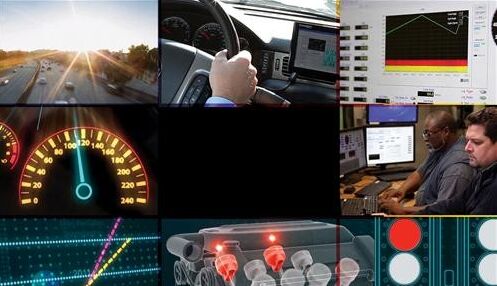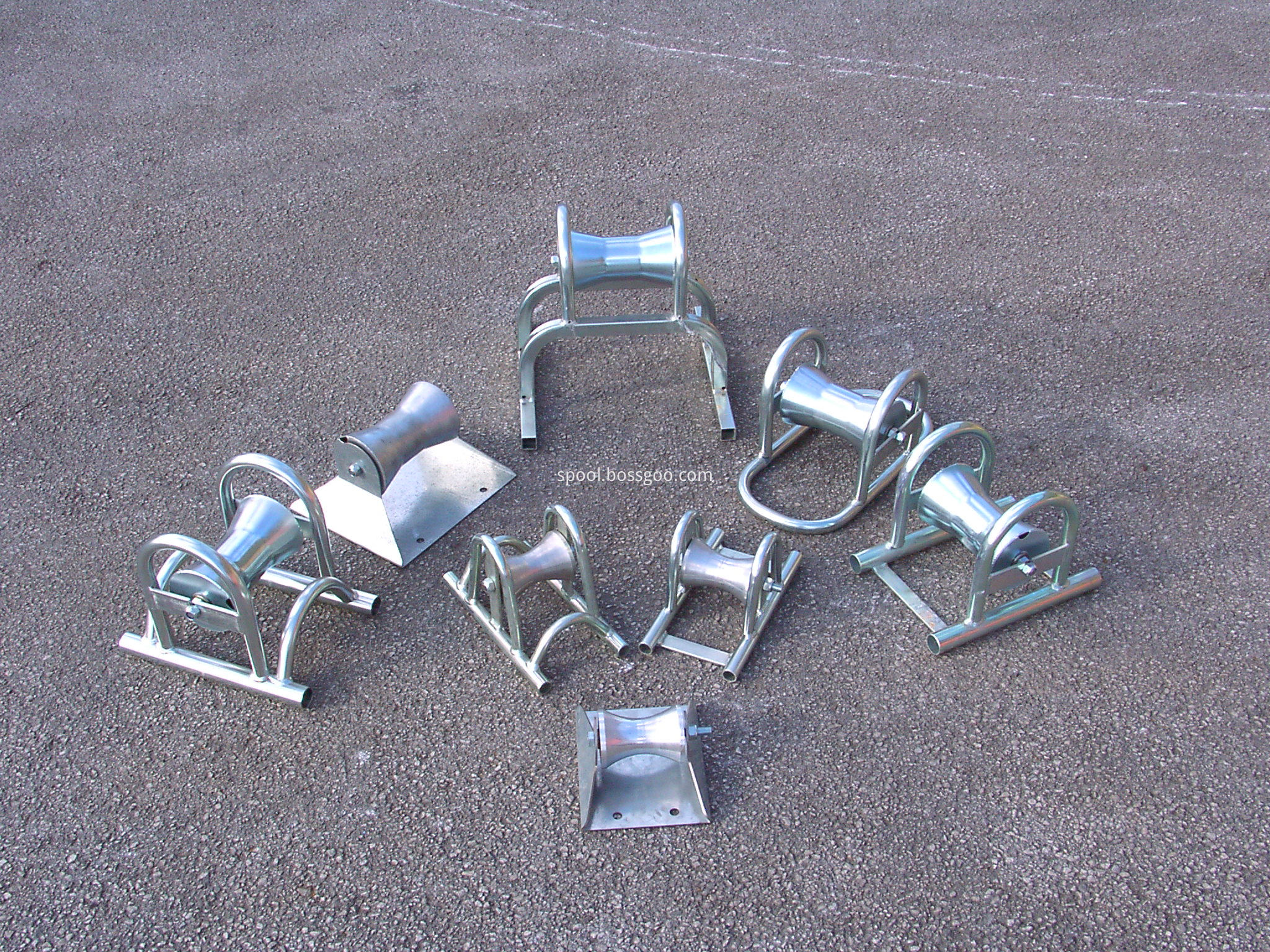
Have you driven a single-cylinder or seven-cylinder vehicle? Experienced riders have a strong interest in engines with only a single cylinder. A technological innovation from Tula technology in 2008 brought a brand-new engine to the 5.3-liter GMC Yukon, which uses a broken-cylinder technology to make the number of cylinders that can actually work during engine operation. Self-adjustment. The engine is equipped with a patent-certified controller that helps to close and open each individual cylinder in time; each 90 degrees of cranking of the engine determines which cylinders need to ignite the fuel mixture to meet the driver's torque. The need to avoid uncomfortable powertrain and body shake; the controller also controls the time interval between two ignitions of the same cylinder, in order to effectively prevent a significant drop in cylinder block temperature. The basic principle of engine breaker technology sounds simpler, but without the recent advancement in processing technology, this idea is difficult to translate into a practical product.
This article refers to the address: http://
Under the EPA (US Environmental Protection Agency) urban conditions, the average number of cylinders in which the Tula engine is operating normally is 2.4, and 2.5 to 4 in highway conditions, compared to the traditional full-time eight-cylinder engine. The engine performance of the cylinder technology has increased by 15% to 18%. Because the opening of the throttle valve will increase when a small number of cylinders are in normal operation, and the cylinder that does not work acts as an air spring, the cylinder breaking technology greatly reduces the pumping loss. The broken-cylinder technology is more impressive because of the R&D and manufacturing costs. Because the related hardware is very mature and practical, the money spent on upgrading the system is much lower than that of the diesel-electric hybrid engine.
When those who test drive the engine with the broken cylinder technology see the operating status map of each cylinder, they will be shocked by the smooth transition between the cylinders under most working conditions. The entire system will not function when the transmission is in the first gear and the engine speed is below 900 rpm, as these conditions lack the oil pressure to drive the system; when the speed exceeds 3800 rpm, the throttle is fully open. It is difficult to save fuel from it, so the broken cylinder system will not work.
When the vehicle is stable at 70 mph, it is often necessary to have 5 to 6 cylinders working at the same time, so the engine can choose between 4 and 8 cylinders to adjust the mode of operation; when the speed is only 30 mph, the engine Occasionally, all the cylinders will stop working at the same time, and the smoothness of the power system operation is affected.
The traditional seat-type engine bracket is retained, and the torque converter and transmission are protected by patents. The Tula controller does not have the right to modify it, so reduce body vibration by adding torque converter slip and forced transmission downshift and further The fuel-saving approach was not allowed, resulting in the Tula engine not using any improvement measures for intake resonance and noise cancellation, which also led to the test words of test drivers. In addition, the Tula engine has an interesting feature: when the vehicle is taxiing, all cylinders of the engine stop working, so engine braking cannot be achieved.
After applying Tula technology, the most obvious fuel saving is the eight-cylinder engine. The simulation results show that the performance of the 1.8-liter four-cylinder engine is increased by 8% to 10%, while the performance of the six-cylinder engine is increased by 15%. The experimental four-cylinder engine uses turbocharged direct injection technology, which is perfectly matched with Tula's broken cylinder technology to reduce the number of working cylinders. Diesel engines do not have a throttle device, but better control of fuel consumption at low loads can add up to 3% more performance and is a potential attraction for long-haul trucks.
From the current situation, the use of Tula broken cylinder technology for all pickup trucks and SUVs with V8 engines may be a good choice.
Features
1. In the cable laying process, it can support the cable and change the sliding friction into rolling friction between cable and support, which means it can reduce pulling force.
2. Straight pulling roller is used in the straight line segment of cable laying. Generally put one roller every 2-3 meter.
3, Corner pulling roller is used in the turning point of cable laying. The amount of corner pulling roller in the turning point is determined by the side pressure and cable bending radius.
Usually used in laying path of cable tray, well head, upper and down slope and control cable.
Notes: When operating, the roller should be fixed in ground or other supports.

Cable Roller,Corner Roller,Hoop Rollers,Cable Guide Rollers
NINGBO BEILUN TIAOYUE MACHINE CO., LTD. , https://www.spool-manufacturer.com